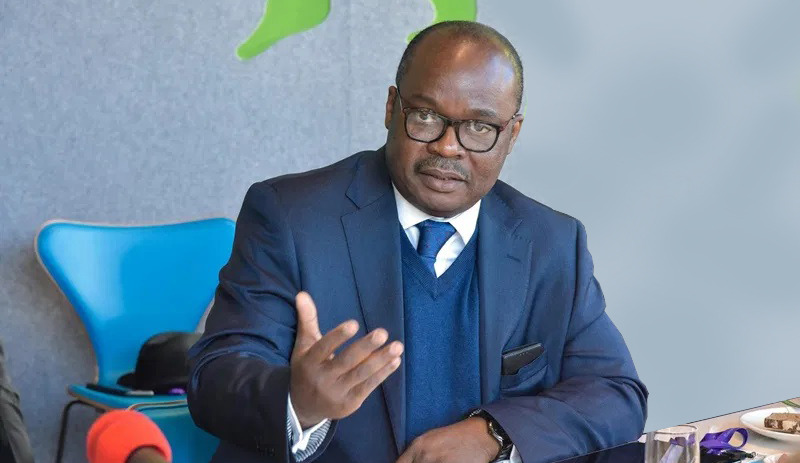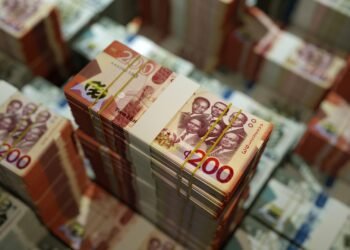The Monetary policy report on banking Sector Developments released by the Bank of Ghana in July 2020 shows that the industry’s stock of gross loans and advances increased to GH¢45 billion at End-June 2020. This represents a 16.2 percent annual growth, after remaining somewhat flat between June 2018 and June 2019.
On the other hand, the year-to-date growth in gross loans and advances recorded a moderate contraction of 0.4 percent in the first half of 2020 compared with the 5.9 percent growth recorded during the same period in 2019.
The Bank of Ghana attributed the year-to-date contraction in credit partly “to repayment of considerably high short-term public sector loans and a weak demand for credit from the pandemic-induced slowdown in economic activity during the first quarter of 2020”.
However, the stock of loans and advances as at June 2020 shows a marginal increase over the GH¢44.8 billion recorded as at March 2020. This, the bank of Ghana attributed to, “the ease in credit stance and gradual rebound in credit demand following the lifting of the partial lockdown as well as the emerging positive impact of Bank of Ghana’s policy measures announced in March and May 2020 to help stimulate credit expansion”.
The report further pointed out that new advances increased to GH¢15.8 billion during the first half of 2020 compared with GH¢12.1 billion during the same period in 2019. The second quarter of 2020 witnessed a stronger performance after a dip in March 2020, which the BOG said was as a result of the positive effects of the policy measures so far.
The sector analyses of credit growth in the first half of 2020 also showed that both the private sector and public sector credits recorded respective annual growth of 14.1 percent and 36.4 percent as at June 2020, significantly higher than the prior year’s growth.
“The market shares of private sector credit continued to dominate at 89.0 percent, a dip from the 90.7 percent share a year earlier, while the share of public sector credit inched up to 11.0 percent from 9.3 percent”.

Similarly, the report pointed out that the year-to-date growth in private sector and public sector credits during the first half of 2020 were 1.7 percent and -15.0 percent respectively, much lower than the prior year’s growth of 5.0 and 15.0.
The BOG explained that the sharp contraction in public sector credit was due to repayment made in the first quarter of 2020 of a one-off short-term public sector loan contracted by government during the last quarter of 2019.
On the other hand, BOG stated that the modest growth in private sector credit reflected the weak private sector credit demand which characterized the first quarter of 2020.
Breaking it down to the major sectors of the economy, the sector distribution of credits showed that the services sector received 26.7 percent of total industry credit as at End-June 2020, followed by the commerce and finance sector with a share of 20.2 percent and manufacturing sector with 11.3 percent.
Additionally, the mining and quarrying sector received the lowest share of industry credit as at June 2020 with 3.1 percent, followed by the agriculture, forestry, and fishing sector with 5.2 percent and then electricity, water & gas with 7.9 percent.
The combined share of the top three recipients of industry credit, according to the central bank was 58.2 percent while that of the three lowest recipients was 16.2 percent.
Despite the agriculture sector recording the highest growth of 2.5 per cent, with the industry and services sectors contracting by 5.7 per cent and 2.6 per cent respectively in the second quarter of 2020, credit to the sector remain low as pointed out by the report.



















